In a move aimed at improving accessibility to frequently used currency denominations, the Reserve Bank of India (RBI) has mandated that banks and White Label ATM Operators (WLAOs) ensure that ATMs dispense ₹100 and ₹200 denomination banknotes on a regular basis. This directive is set to roll out in phases, with specific deadlines for implementation.
Why in the news?
The RBI’s latest directive addresses a common public concern: the availability of smaller denomination notes in ATMs. By ensuring that ₹100 and ₹200 notes are available regularly, the RBI aims to make it more convenient for people to access the most commonly used denominations.
Objective
- The primary goal of this directive is to improve public access to ₹100 and ₹200 notes. These denominations are frequently used for everyday transactions, and the RBI wants to ensure that they are available in sufficient quantities across ATMs.
Timeline for Implementation
- By September 30, 2025: 75% of all ATMs in India should be capable of dispensing either ₹100 or ₹200 denomination notes from at least one cassette.
- By March 31, 2026: This figure is set to increase to 90%, meaning 90% of ATMs should regularly dispense ₹100 or ₹200 denomination notes from at least one cassette.
Targeting High-Demand Denominations
- ₹100 and ₹200 notes are among the most commonly used denominations in India. By making them widely available through ATMs, the RBI is addressing a key issue of currency accessibility, especially in areas where people depend on ATMs for quick withdrawals.
Enhanced Public Convenience
- This move is expected to alleviate the public’s frustration with the lack of smaller denominations in ATMs. People often face difficulties when receiving ₹500 or ₹2,000 notes, which are not as easily accepted for smaller transactions, leading to inconvenience and a reliance on currency exchanges.
Impact on ATM Operators
- Banks and WLAOs will need to make adjustments to their ATM systems to accommodate the dispensing of ₹100 and ₹200 notes. This will require modifications to cassette systems and perhaps additional investments in infrastructure to meet the RBI’s deadlines.
Public Accessibility and Financial Inclusion
- By ensuring these denominations are readily available, the RBI also promotes greater financial inclusion. This is particularly beneficial for lower-income groups and in rural areas where people may rely more on ATMs for their cash needs.
| Summary/Static | Details |
| Why in the news? | RBI Directs Banks to Ensure Regular Dispensing of ₹100 and ₹200 Notes |
| RBI Directive | Ensure ATMs dispense ₹100 and ₹200 regularly |
| Deadline (Phase 1) | 75% of ATMs to dispense ₹100/₹200 by Sept 30, 2025 |
| Deadline (Phase 2) | 90% of ATMs to dispense ₹100/₹200 by March 31, 2026 |
| Objective | Increase access to commonly used currency denominations |
| Target Denominations | ₹100 and ₹200 notes |
| Expected Outcome | Improved public convenience, greater financial inclusion |

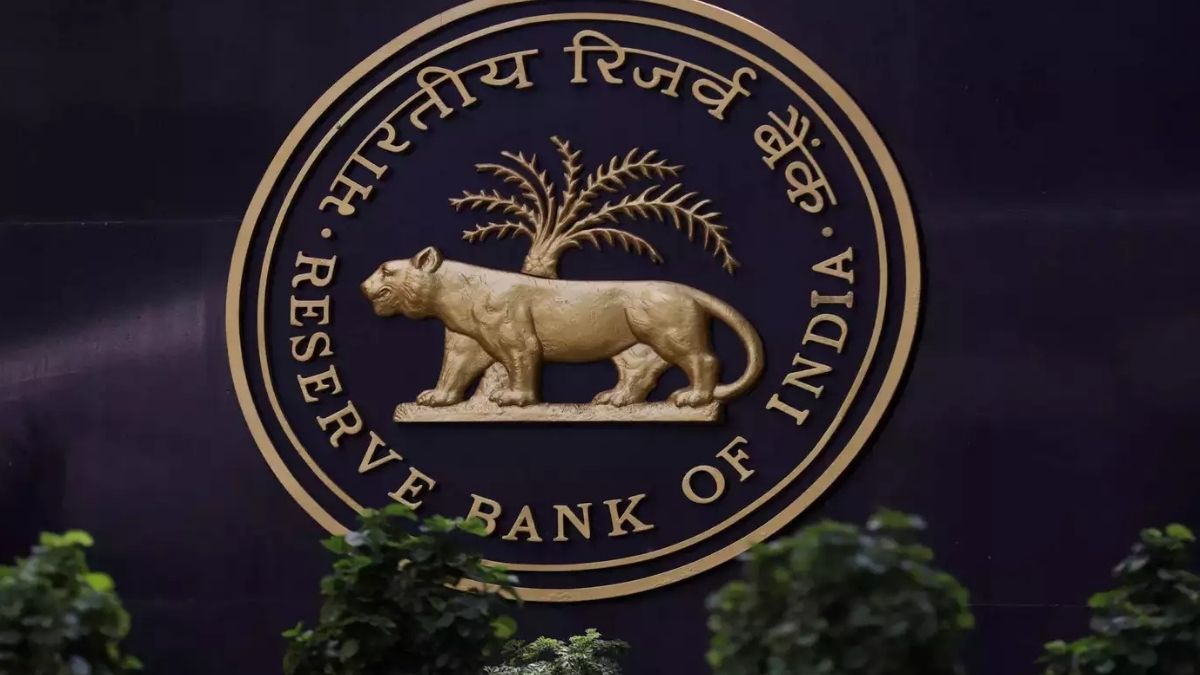
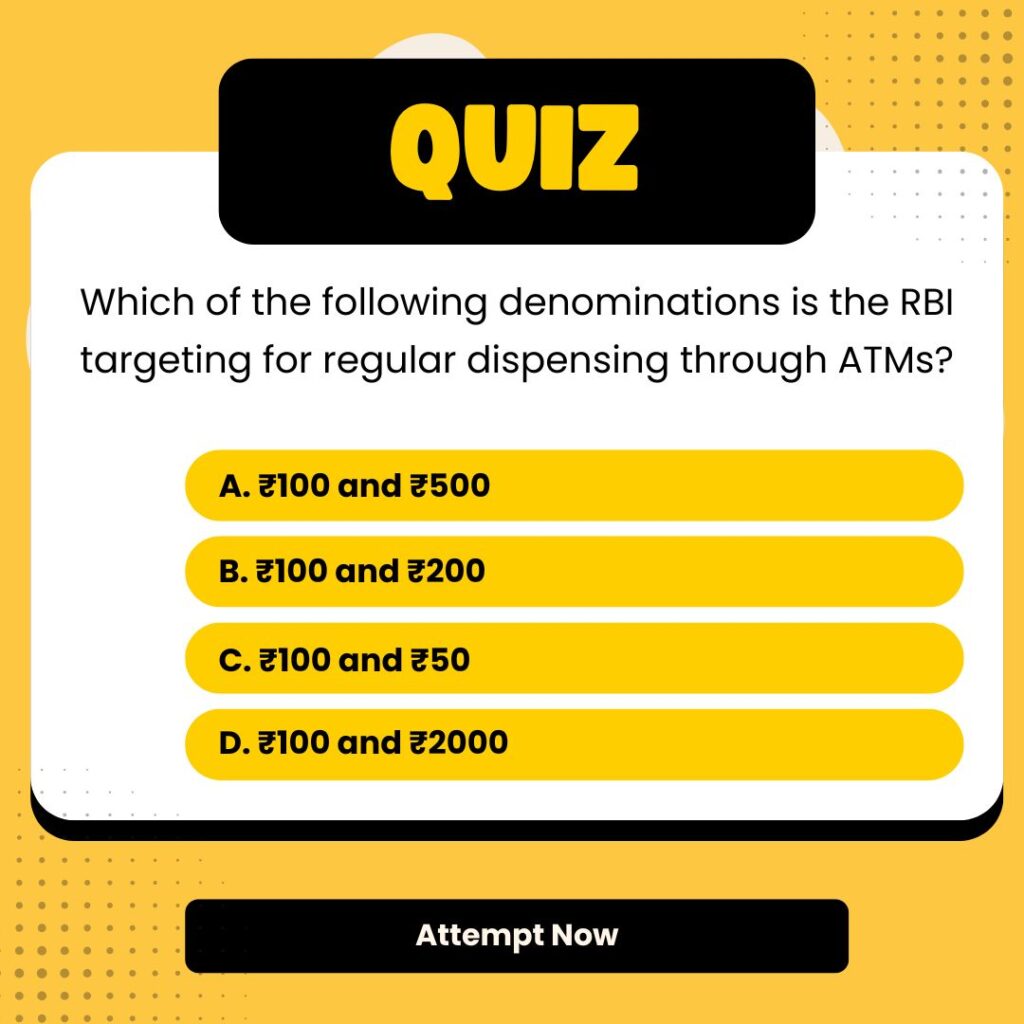
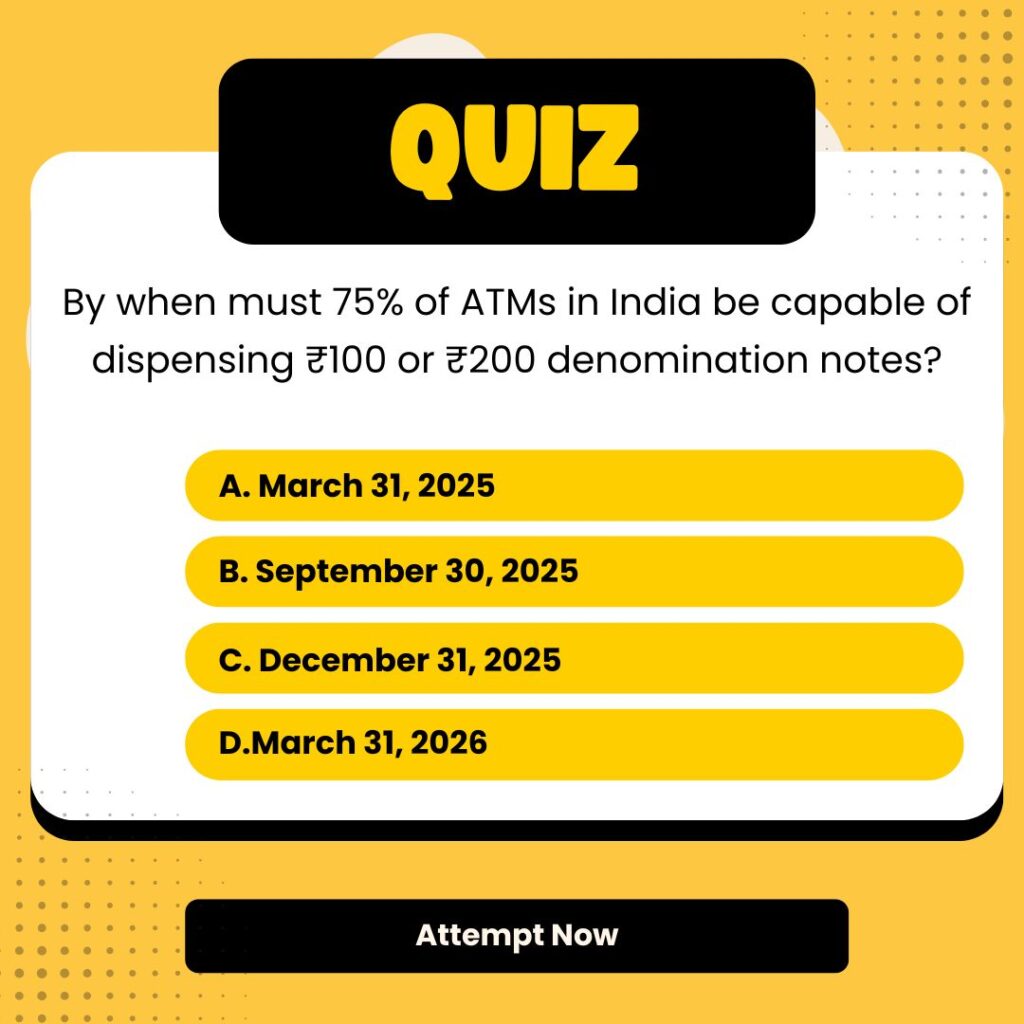

 SBI and Bank of Baroda Receive RBI Nod t...
SBI and Bank of Baroda Receive RBI Nod t...
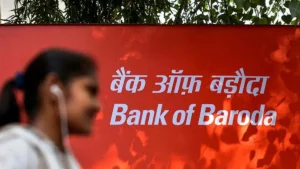 Bank of Baroda Recognised as ‘Best Bank ...
Bank of Baroda Recognised as ‘Best Bank ...
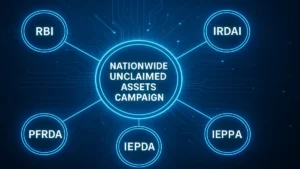 "Your Money Your Right campaign" Campaig...
"Your Money Your Right campaign" Campaig...







